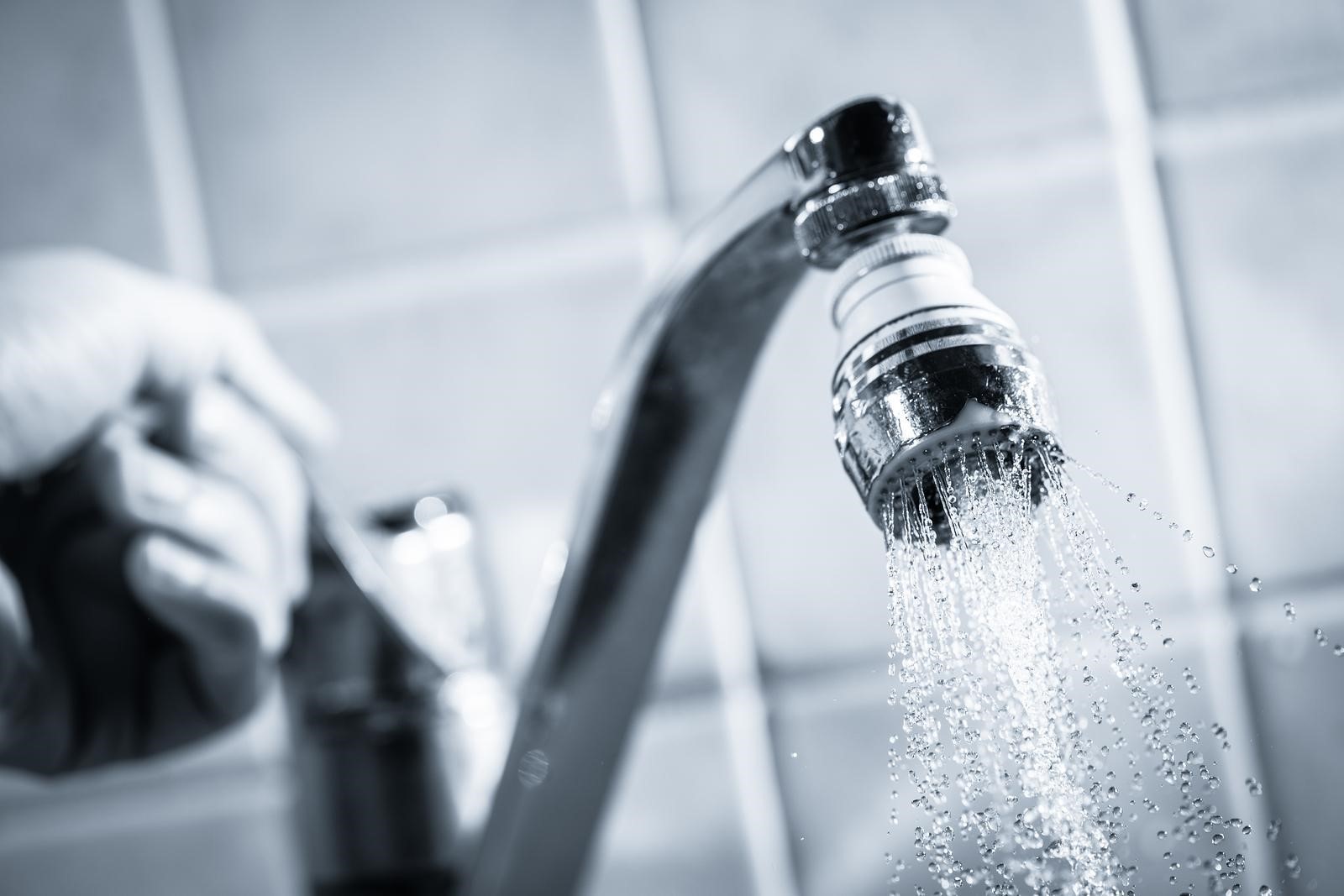For a state that uses more water than it can provide, California is treading on perilous parched grounds. Although its key reservoirs can deliver water by the trillions of liters every year, the state uses billions every day. Add the ongoing drought and economic growth and you have one of the largest water supply systems in the U.S. pushed to the limit.
SoCal takes the brunt of the state’s water supply problem. To sustain the growth of cities such as Los Angeles and Sacramento, utilities providers have to import water from either up north or the Colorado River next door. Sixty percent of Los Angeles County’s water supply is imported from these places, reports Steve Scauzillo of the San Gabriel Valley Tribune.
The region also rests its hopes on water from above. Its 14 major reservoirs in the mountains recently captured more than a million liters of stormwater. However, most of the stormwater ends up being soaked up by the ground and returned to the sea, unfiltered. Paved roads cover the ground that’s supposed to soak up the rain.
Residential and commercial units can get around these hindrances by starting with installing their own rain barrel system, such as StormChamber. Made from high-density polyethylene, this renowned stormwater BMP can retain water without risk of further contamination and be sturdy enough to resist pressure exerted by the soil wall.
The system alone isn’t designed to filter stormwater into potable water quality, but it can capture stormwater and allow it to infiltrate underground water sources. SedimenTrap® can filter the runoff to some degree before it seeps its way underground, where soil and rock filter stormwater further. Eventually, cleaner runoff will make its way to open bodies of water.
Natural filtration, however, may not be enough to render it potable. Stormwater BMPs, therefore, must be connected to water treatment systems. Reverse osmosis, UV disinfection, and water softening systems can be installed in residential, commercial, or local utility plumbing.
One chamber, around 8 feet high and 3 feet deep, can store ten barrels worth of stormwater. This is usually enough for homes, but it can be expanded, provided local codes allow them to. Three chambers can be linked to form a row, increasing its capacity. A standard configuration consists of four rows, total of 12 chambers.
A local storm water BMP will enable homes, offices, stores, and local utilities to take advantage of rain. The idea is to retain stormwater, treat it, let it flow back, and treat it some more. It’s not unusual for drought-stricken areas to experience occasional storms, given climate change, and stormwater in these areas, therefore, can make a difference.
(Source: “How does Los Angeles County use storm water runoff?” Los Angeles Daily News, December 3, 2014)






